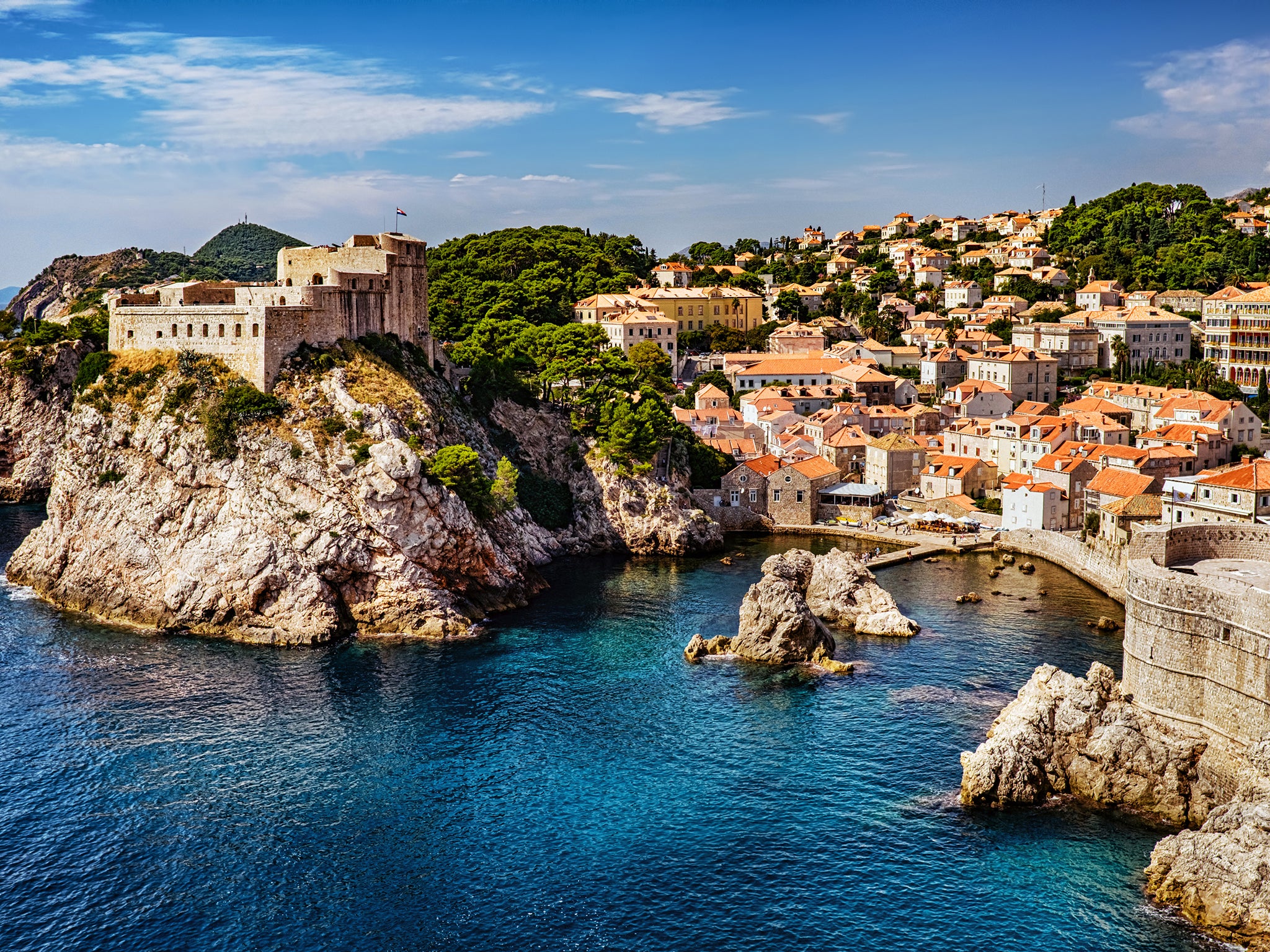Croatia has joined the Schengen Area: What does it mean for tourists?
Life has just become much simpler for traders and millions of foreign visitors to Croatia from within the EU – but tougher for British travellers

Croatia celebrated the start of 2023 by joining the Schengen Area and the eurozone. Life has just become much simpler for traders and millions of foreign tourists from within united Europe – who make up 70 per cent of the total international visitors. Border formalities are eliminated and the common currency is now legal tender.
But for British travellers, Croatia moving closer to its EU partners spells potential bad news. These are the key questions and answers.
What does ‘joining the Schengen Area’ mean, exactly?
The Luxembourg village of Schengen gave its name to Europe’s treaty on the free movement of people and goods. It is symbolic as one corner of the “border triangle” with France and German just across the Moselle river.
The treaty to remove internal borders within the EU was signed there in 1985, and took effect a decade later – amid much ceremony in the same location.
The UK and Ireland were allowed to opt out, and not all of the more recently joined members of the EU are yet in Schengen. Croatia was one of them, alongside Bulgaria, Romania and Cyprus. But it has now become a member of the Schengen Area – which also includes some non-EU countries that wish to enjoy the benefits of free movement: Norway, Iceland, Switzerland and plucky Liechtenstein.
From the point of view of international travel, the Schengen Area functions as a single large state, with common rules on entry requirements and length of stay. In theory there should be no internal controls, but during 2016 concerns over migrant movements led to some reimposition – as did the coronavirus pandemic.
Does it make any difference to UK travellers that Croatia is now in Schengen?
For many British visitors, flying straight in and out on holiday, there will be no significant change. You still need to line up and have your passport checked and stamped. But people who like to spend a lot of time in European Union countries will see a significant difference due to Brexit.
In terms of reduced access to the Schengen Area we have got exactly what we asked for (or at least what the UK government successfully negotiated on our behalf). The UK arranged for British travellers to become “third country nationals” and therefore subject to the “90/180-day rule”.
Until 2023, time spent in Croatia did not count towards the Schengen Area limit of 90 days in any 180 days. Croatia had its own 90/180 rule. So, for example, you could travel to one of the Schengen Area countries on New Year’s Day and stay in the zone until the last day of March. Then you could cross the border from Slovenia (inside Schengen) to Croatia (outside Schengen) and begin using up an entirely separate 90-day allowance. At the end of that (late June), you could return to the Schengen Area and continue indefinitely. That option – which was particularly popular with motorhome owners – has now ended.
You can replicate that practice with the EU’s few remaining non-Schengen countries: Bulgaria, Romania and Cyprus. Ireland has no restrictions on the movements and length of stay of UK citizens, a situation that shows no sign of changing thanks to the longstanding Common Travel Area.
What could the 90/180 day change mean in practice?
If you like to spend the winter in warmer climes, and have used up your 90-day allowance in Spain, Portugal or Italy, you will no longer be able to take a separate city break to Zagreb, Split or Dubrovnik or a springtime holiday to one of the Croatian islands.
You could, of course, travel to any other non-Schengen country, including Morocco, Tunisia and Turkey.
Has the Croatian currency changed?
Yes. The euro became the main currency in the EU in 2001, but since its accession Croatia has continued to use the kuna, divided into 100 lipa.
The currency replaced the Yugoslav dinar after the civil war. Interestingly, kuna means marten; the animal’s pelts were traded in the Middle Ages; and lipa is a tree. Anyway, after a brief 28 years in existence, they are now obsolete, as Croatia will also use the Euro.
I have some kuna left from my last trip. Can I spend it next time?
Generally taking excess foreign currency notes home rather than changing them back to sterling at a dismal rate is a good plan – so long as you plan to return to the country within a reasonable timespan. The longer you hold on to foreign funds, though, the higher the risks: galloping inflation eroding the value; notes becoming obsolete; or, as has just happened in Croatia, the currency changing completely.
Happily, within Croatia kuna notes can be exchanged at banks and post offices for the whole of this year. The European Central Bank stipulates: “Kuna banknotes and coins can be exchanged until 31 December 2023 free of charge for up to a maximum of 100 kuna banknotes and 100 kuna coins per transaction.” That means 100 individual notes, not 100-kuna denomination notes.
From 2024, the central bank will exchange kuna, but it will be much more of a palaver. Any family or friends who will be heading for Croatia could “launder” the cash for you by heading for the nearest bank or post office, and bringing you back euros which can then be used in dozens of countries.
Two other options: a UK company, LeftoverCurrency.com, buys notes and even coins, but you can expect to lose about one-third of the value on the transaction.
Or you could just send the currency to the RNIB, which specifically welcomes “all foreign banknotes, no matter how old” as donations.
Join our commenting forum
Join thought-provoking conversations, follow other Independent readers and see their replies
Comments
Bookmark popover
Removed from bookmarks